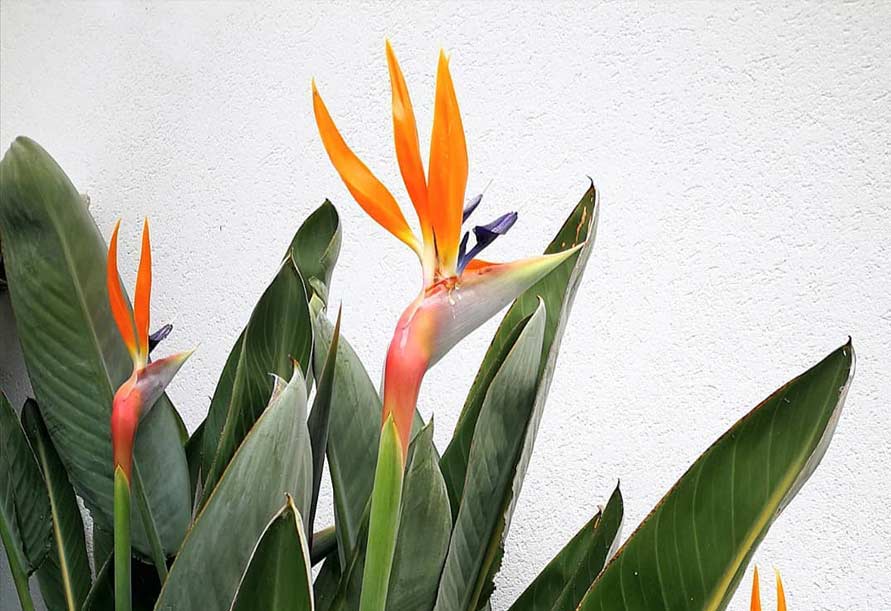Perennial Plants
Perennial plants
Plants that do not lose parts such as their stems in winter and resume their activity in the spring of next year, with the increase of new branches and the plant’s growth, are known as perennials. These plants can not be propagated by dividing the roots but must be propagated by cuttings or dormant branches. Perennials usually grow fast and are generally less than a few centimeters tall. If you are interested in knowing the growing conditions of perennial plants, please read on.
Perennial definition
Perennials are often herbaceous plants that grow back in the spring with wilting and leaf fall. Of course, some of these plants are evergreen and keep their leaves fresh and fresh all year round. Many perennials are used as cut flowers, and small varieties with attractive appearances live in pots as houseplants. Perennial plants also work well in gardens and can make a good combination with shrubs, conifers, or ornamental grasses and add a beautiful look to the environment.
Perennial plants have a longer lifespan and can maintain their condition well for several years. Perennials are plants that can live for more than two years.
Perennial planting time
The best season to plant perennials is autumn when the soil is still warm so that the plant can take good root in the soil until next spring. After autumn, it is more suitable for plants that are not very hardy, so they can strengthen their roots before winter arrives to overcome the cold. Summer is also a good season for planting perennials. The crucial point in this regard is that due to the hot weather and weak roots at the beginning of planting, proper irrigation must be done; otherwise, the plant can not survive. If you live in temperate regions where the winter is not too hard and have a hardy plant, you can plant it in the winter as long as the ambient temperature does not freeze.
Planting perennial plants
If you are planning to plant a perennial plant in your home garden, you need to choose a suitable place in the garden to grow it. It is also best to enrich the soil with organic matter and eradicate weeds so that your plant does not fight over the sources of these weeds. For planting perennials, it is best to dig a hole more significant than the roots, and before placing the plant in the hole, try to gently examine the origins of the plant to open any knots or twists and remove the damaged roots. Then place the plant in the dug hole.
Then fill the hole with soil and try to compress the soil a little so that the empty spaces are filled and there is not much air left. Of course, be careful not to put too much pressure on the soil and do not compact the ground too much because the roots of your perennial plant need air, and there should be as much airflow around them as they need; otherwise, they will rot. Finally, water the plant so that the root can get used to its new location and not be shocked.
Propagate perennial plant
Perennials are an excellent choice for gardeners who care about budget management. Many of these plants can be grown from seed, and when they are large enough, they can be propagated by root division. In addition, most perennial plants can be divided into several new plants by dividing and splitting the root ball. It is best to prune the withered leaves of your perennial plant in the fall. Otherwise, the leaves will rot and cause disease.


